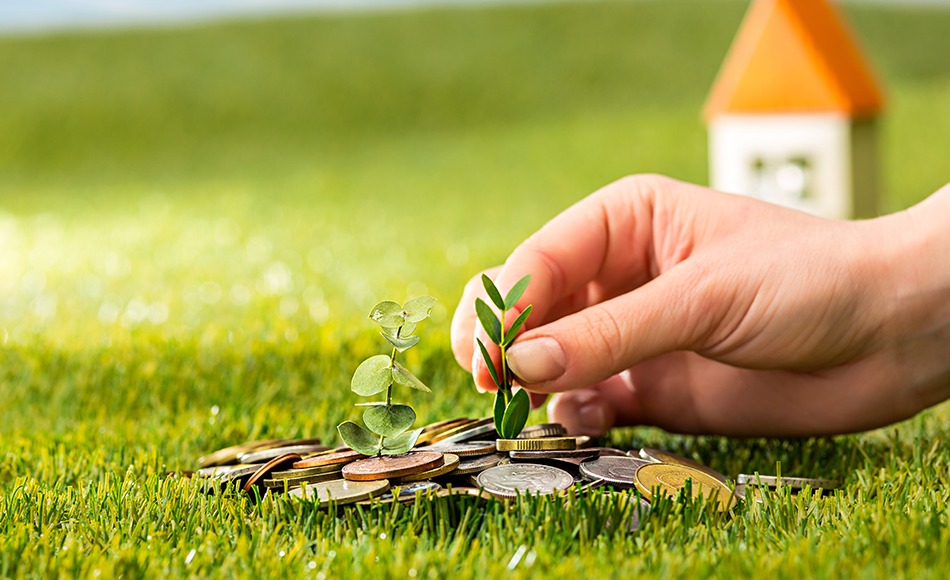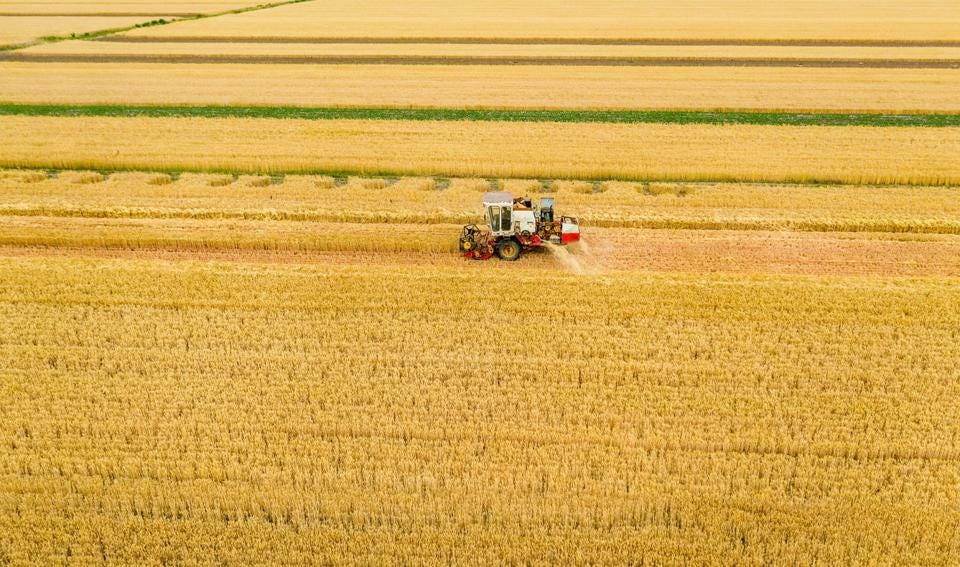Starting your own business can be one of the most daunting yet liberating experiences of your life. It is rightfully (and ironically) said that entrepreneurship is a very demanding job. You have to suddenly manage a plethora of new commitments, hire personnel, pay invoices, look after funding and much more besides. But despite all the difficulties involved, Americans continue to turn to entrepreneurship to explore their talents and build wealth. In fact, did you know that the number of self-employed people in America stood at about 9.6 million in 2022? If you’re a young entrepreneur battling it out in the business world, then this article is for you. What we’re going to do is explore seven essential finance-related tips that will help you get ahead, and remain ahead, in the fast-paced arena that is entrepreneurship. So without further ado, let’s dive right in. 1. Look to bootstrap. When venturing into entrepreneurship, a golden piece of advice is to remain bootstrapped for as long as possible. Bootstrapping, loosely put, refers to funding your venture using your own savings or income, or with the help of friends and family, rather than seeking external investment or loans. Bootstrapping enables you to avoid debt, thus keeping the specter of interest payments at bay. Also, instead of being a relief, venture capitalist (VC) money can quickly turn into stress, immoderately high expectations and overly onerous commitments. In contrast, being bootstrapped gives you much greater flexibility and freedom when it comes to money management. 2. Be aware of Uncle Sam. Your tax liabilities as an entrepreneur are likely to be more than those of ordinary citizens. Moreover, it’s easy for relatively new entrepreneurs to underestimate the importance of fulfilling tax compliance requirements in a timely manner.Whether you choose to register your company as an LLC or an S-corporation, the company’s business category, its state of registration and various other factors will all directly impact your tax burden. Make sure you get professional help in this regard, and stay on top of your taxes to avoid unpleasant surprises when the end of the financial year comes around. 3. Have a budget in place. Budgeting is important for just about every professional, but it needs to be one of the highest priorities for young entrepreneurs. A business budget will lay out, in no uncertain terms, your revenues, expenses and the profit or loss you might be making. It can help you pinpoint unnecessary expenditures and come up with ideas to improve your bottom line. In fact, a budget can be the starting point for future projections of your company’s growth and direction. Moreover, an estimate of the total monthly budget for different teams, activities and undertakings can help you remain one step ahead and plan for contingencies. 4. Learn to save early on. Entrepreneurship is a very uncertain journey: Each little victory might be accompanied by 10 devastating failures. For this reason, it is paramount that as a young person treading the waters of entrepreneurship, you make saving money for yourself a top priority. Such savings can come in handy during personal emergencies and urgent business requirements. Having a decent amount of savings can help you keep your personal affairs in order, thus allowing you to focus on your venture without any distractions. 5. Explore investment options. In addition to having sufficient savings, it’s important to not let your personal financial life take a back seat during your entrepreneurial journey. In fact, as an entrepreneur with no employee benefits, you’ll need to go above and beyond when planning your personal finances, investments, assets and retirement. The younger you are, the more of a risk you can afford to take when it comes to investment avenues. Make sure that you invest a decent chunk of the money you draw as a salary (if any!) to secure your present and future, regardless of how your business fares. 6. Watch your cash flow. Most entrepreneurs would agree that cash flow is king. Having an unstable cash flow or lacking liquidity when you need it can hobble your venture. Your cash flow is one of the key determiners of your company’s future. How you generate cash flow and from what sources decide the direction and health of your company. As an entrepreneur, you need to keep an eye on various metrics to discover ways to boost your cash flow. If possible, you should also redirect a positive cash flow back into your company to accelerate its growth. 7. Maintain records. The maintenance of various kinds of financial records often goes neglected by young business owners and entrepreneurs. But overlooking the importance of maintaining such paperwork is a grave mistake. Every country has its own set of compliance laws for businesses, and adhering to them will require you to keep certain documents in order. In addition, not having detailed records can hurt your business in the event of a lawsuit or legal dispute. So it’s incumbent upon you to protect your business from such issues by being disciplined about maintaining your financial records right from the get-go. Financial prudence helps you and your business. By exercising financial foresight and discipline, you can greatly improve the chances of your business succeeding and can also ensure that your personal financial life stays on track regardless of what happens to your venture. Creating a detailed financial plan and taking the above tips into account should help you better navigate your way as an entrepreneur. However, needless to say, don’t hesitate to hire professional financial advisors and tax experts where appropriate: While you might chafe at their prices, the peace of mind such professionals can give you can be invaluable.




